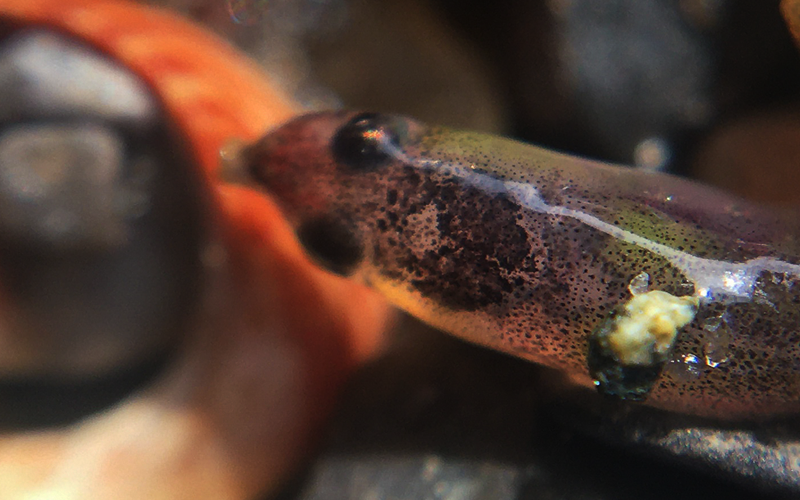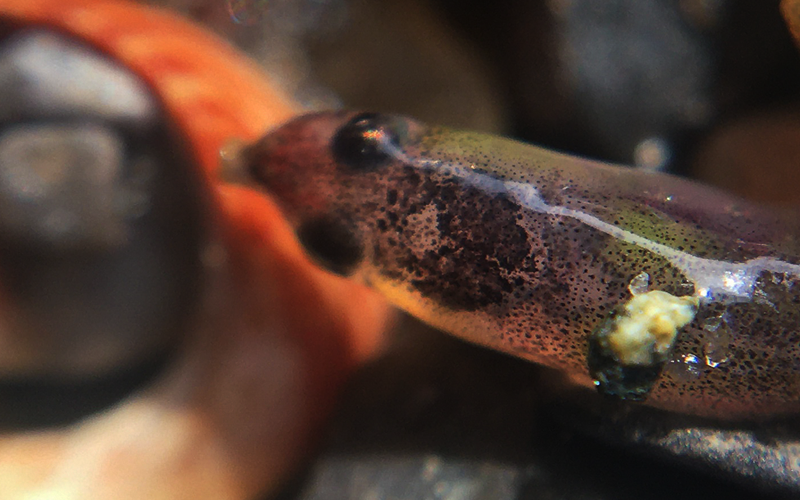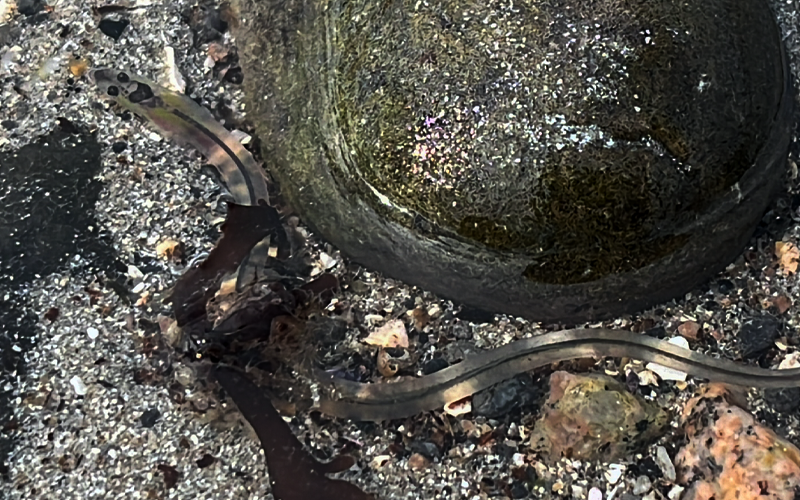THE GLASS SEA

Two Rare and Endangered Glass eels discovered in Grattan Beach Salthill
On a recent Rockpool Experience we had the wonderful opportunity to discover not one, but two Juvenile Glass eels (European eel, Anguilla anguilla).
In thinking of the title we mentioned the Glass Sea as it is transparent, much like the Glass eel, so even finding one is a unique achievement.
WHAT IS SO SPECIAL ABOUT THIS?


ATLANTIC OCEAN TRAVELLER
The discovery of the Glass eel tells us that this species traveled hundreds of miles, through the wild Atlantic Ocean to arrive on Grattan Beach, Salthill. It is such a rare find we only have records from 2017 and 2020. The eels originate in a part of the western Atlantic called the Sargasso Sea, near the Bahamas.
CRITICALLY ENDANGERED SPECIES
This discovery can help researchers understand the threats to this species. The European Eel Anguilla anguilla has most recently been assessed for The IUCN Red List of Threatened Species in 2018. Anguilla anguilla is listed as Critically Endangered under criteria A2bd+4bd.
OCEAN LITERACY CHAMPION
Being able to showcase the photos and video of the species will educate more people about ocean literacy and how we can protect the ocean from threats. Ocean Literacy Champions will be able to share the story of this species voyage across the sea. and say why they should help protect these species.
First Video Features The Glass Eel discovered on the 16th of March, 2024.
The Second Discovery on the 17th of March, 2024
ABOUT
Eel eggs hatch in the depths of the Sargasso Sea, where each eel begins life as a minute transparent leaf-like larva, drifting the currents of the open sea. When still out at sea they metamorphose into tiny glass eels, still transparent but now with the ability to navigate to European coastlines.
Like salmon and sea turtles, eels use magnetic fields to orient during migration. When they reach the coast of European landmasses, they have an incredible ability to synchronise their movements with the tides so that they can navigate through the strong currents of tidal estuaries and find their way into the fresh water of their next habitat — rivers.
Anja Murray, Irish Examiner.
